It’s not often that conservationists urge you to fish a species into oblivion.
That is exactly what is happening in South Florida, where the Florida Fish and Wildlife Conservation Commission and the National Oceanic and Atmospheric Administration (NOAA) actively encourage anglers to target lionfish. In the past few decades, this invasive species, a native of the Indo-Pacific, has been wreaking havoc on coral reefs and other aquatic ecosystems in the southeastern United States and the Caribbean.
Marine biologists have noted the astonishingly quick spread of lionfish. The first records of the species in Florida date to 1985. Today, anglers such as Dave Kerstetter say that the fish is so plentiful that catching a significant number is simply a matter of the proper bait. Kerstetter, a professor at Nova Southeastern University, recently told the Miami Herald that he and a fellow fisherman, graduate student Joe Hornbeck, caught five lionfish in only about 90 minutes of fishing.
The proliferation of lionfish is not entirely surprising. Native predators, such as grouper, with which lionfish would naturally compete may be the victims of overfishing, meaning that food is plentiful. More pressingly, lionfish have no natural predators in their new range, while females can produce up to 2 million eggs annually. The only factor in place to curtail the lionfish’s spread is human beings.
To this end, ecologists and fisheries managers alike have encouraged anglers and divers to catch as many lionfish as they can. In Florida waters, there are no regulations limiting lionfish catches, and no license is necessary to collect them. Divers and hobbyist fishers have been effectively given carte blanche.
I would be happy to oblige. Unfortunately, science has proven that the safest place in the world for a fish is in the water beneath me when I have a rod and reel in my hand. Not only will I not catch the fish, but I’ll scare away any other predators too. I am also a certified scuba diver, but the idea of sending me down with a speargun in my hand is terrifying for everyone - other than the fish.
There is one weapon, though, that I feel comfortable deploying against the lionfish: my wallet. I am happy to order lionfish from any restaurant that offers to serve it to me, especially since it has a flavor that has widely been compared to hogfish or snapper. And while some diners might be wary at first, since lionfish boast venomous spines, the fish is both safe and delicious once those spines have been removed. NOAA offers safe handling guidelines for enterprising lionfish harvesters who want to try their hands at preparing the fish themselves.
For the rest of us, the fact that fishermen can harvest unlimited numbers of lionfish means we are likely to see more of them making their way to restaurant menus, in Florida and beyond. The Herald noted that many commercial fishers in the Florida Keys have begun collecting lionfish in lobster and stone crab traps, and have pushed the state to allow direct trap fisheries for the exotic invaders.
Consumer demand has historically led to valuable species being fished so aggressively that their populations collapse. In this odd case, however, conservationists are offering us an all-you-can-eat lionfish buffet. It is a creative approach to combat a species that is flourishing where it does not belong.
After all, if our demand for traditional fish and chips and other whitefish-based dishes can decimate the cod fishery upon which many communities in New England were founded, we should surely be able to do our worst to the invasive lionfish. In the end, the lionfish is just a refugee from a living room fish tank, waiting to become the next culinary craze.





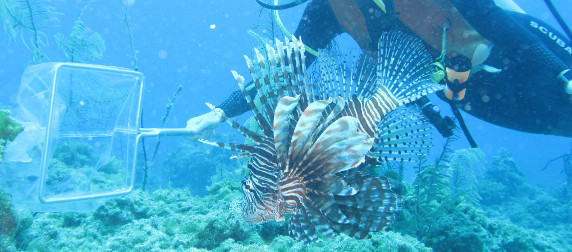
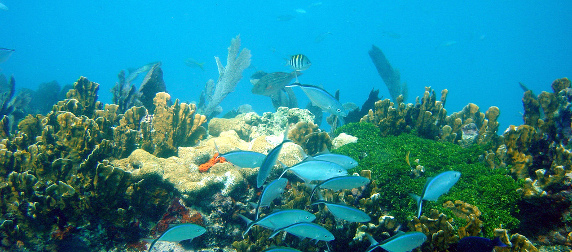
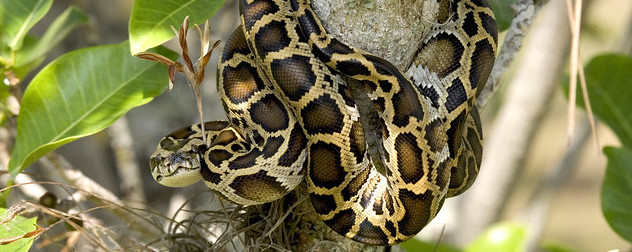
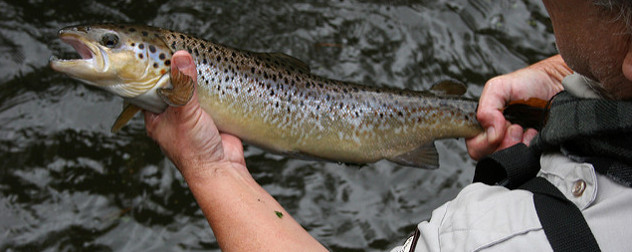
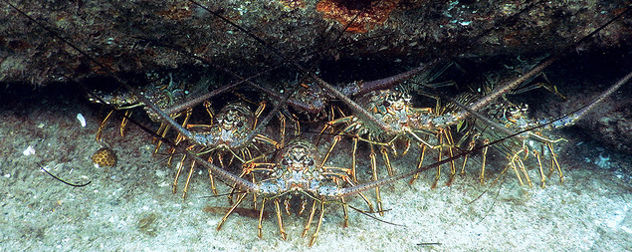
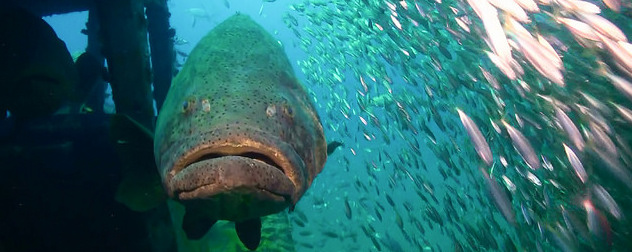
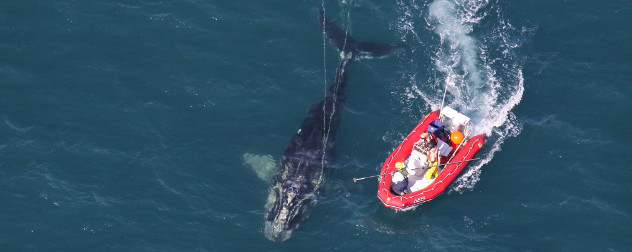



January 9, 2015 - 4:04 pm
A couple of guys appeared on Shark Tank hoping to get money to commercial lionfish, bring them to restaurants. The Sharks didn’t bite, alas.